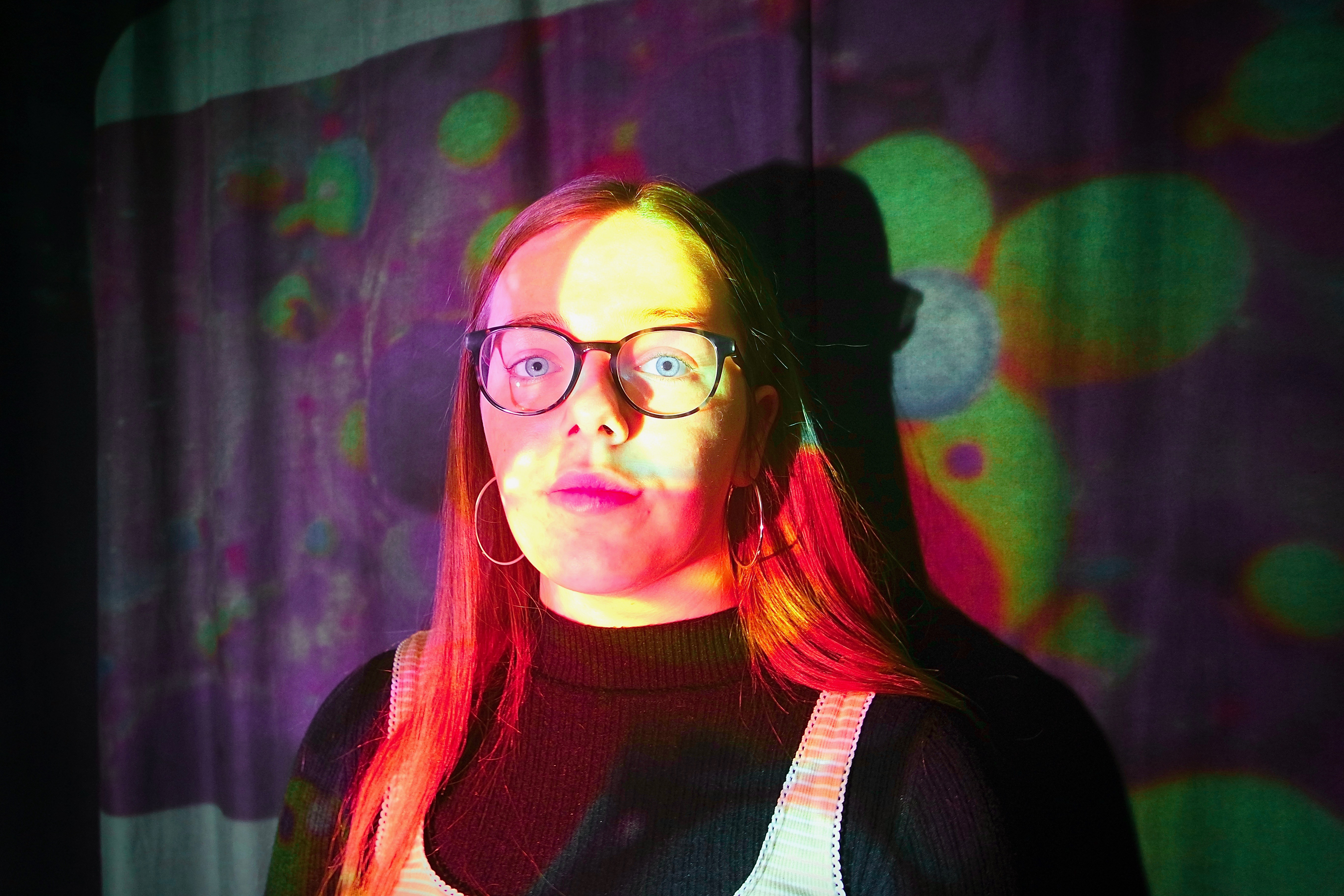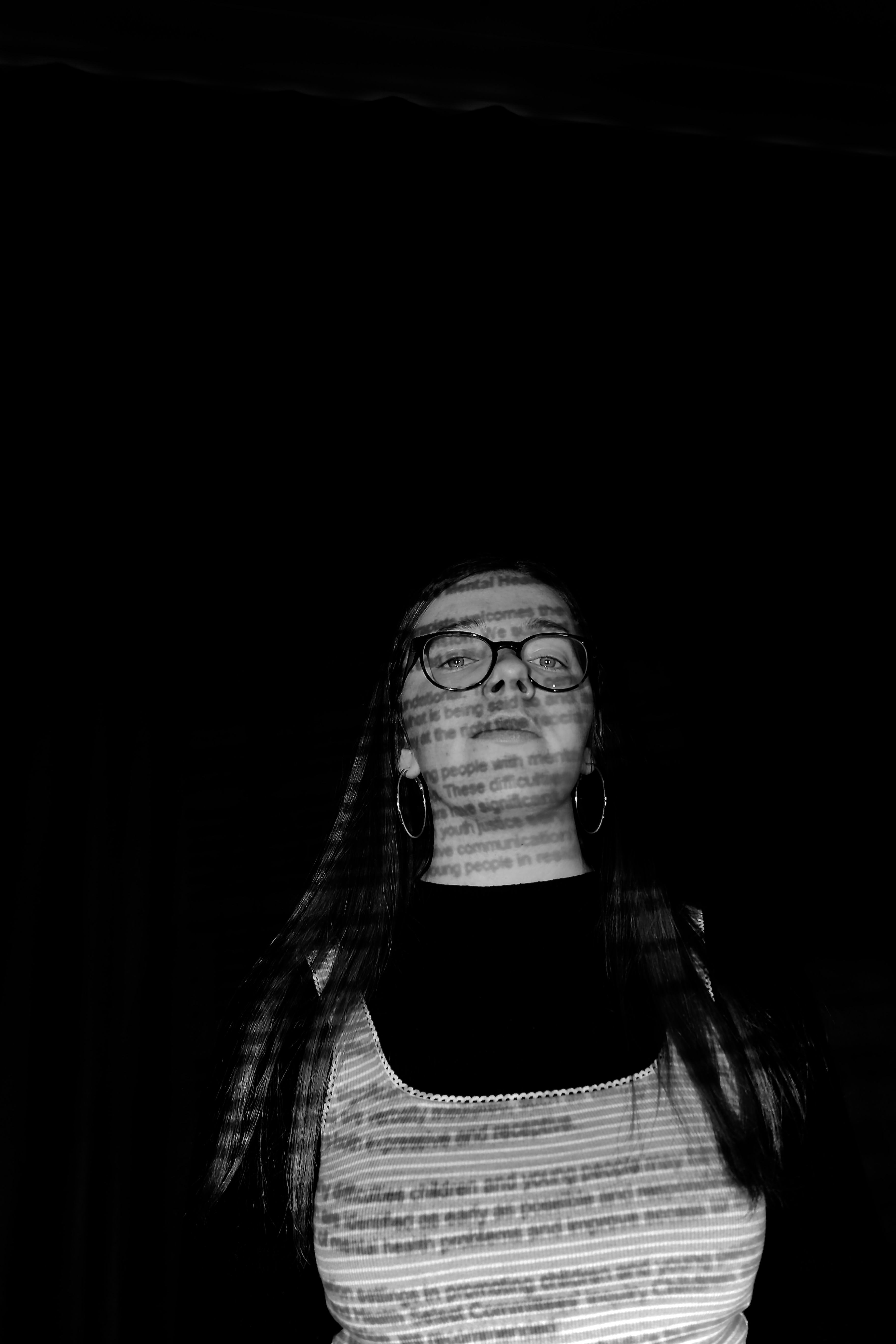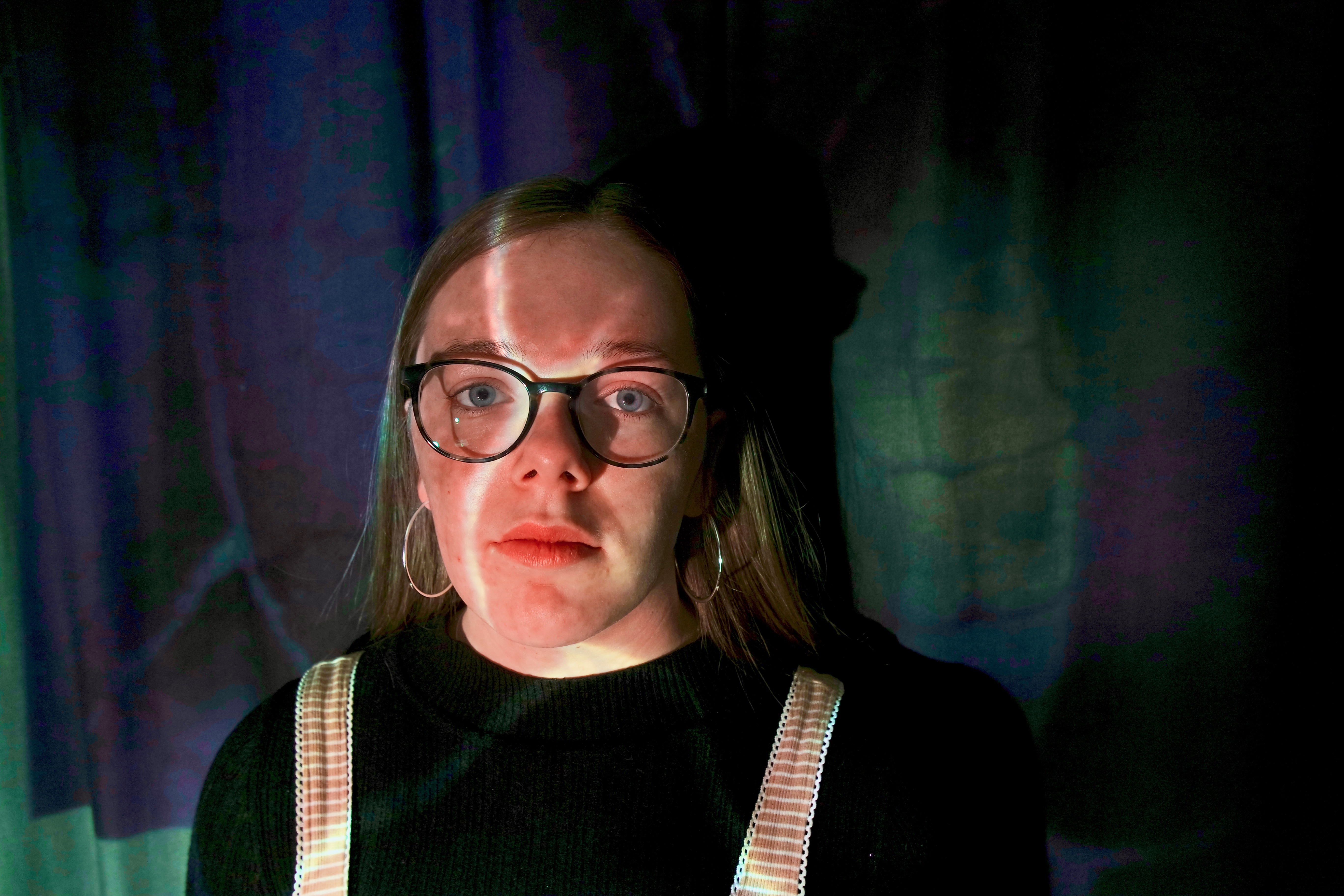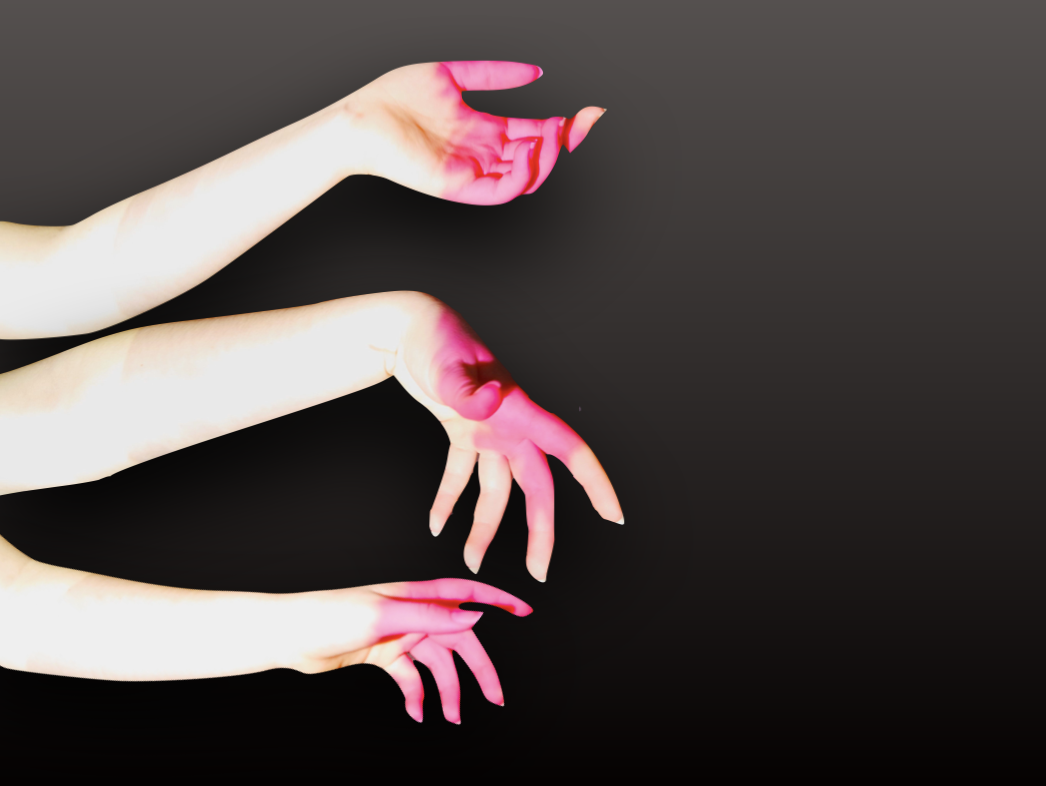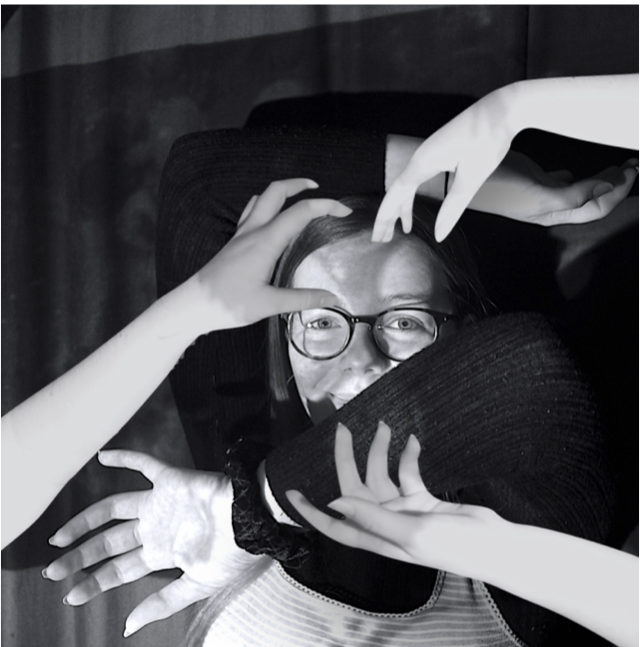In what way can the work of Lewis Bush and Clare Rae both be considered political?
For my essay I intend to explore how the photographers Clare Rae and Lewis Bush can be considered political. Clare Rae is a photographer, based in Melbourne, Australia, who herself engages with the landscape she is photographing to represent an underlying themes or concept often relating to feminism, whereas Lewis Bush is a British photographer who explores themes of power and inequality in the world, questioning who holds power and how it is used. Both these photographer explore themes that are relevant and being considered political in their own ways.
Clare Rae
In March 2017 Archisle invited Clare Rae to a research residency project studying the Claude Cahun collection held by Jersey, engaging with images in the photographic archives of the Société Jersiaise. She explained: “I was primarily interested in viewing the Cahun photographs held at Jersey Archive, and I knew I also wanted to make some photographs on the island. This is where her exhibition ‘Entre Nous’ was created, bringing together photographs by the French artist Claude Cahun and her contemporary work almost 70 years apart.
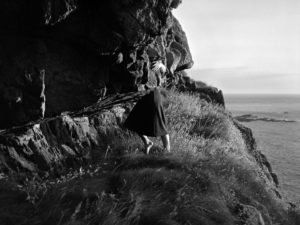
Claude Cahun’s was an avant-garde queer artist who’s photographic self-portraits, in which she assumed a variety of personas, were associated with the Parisian surrealist movement in the 1920s, before she moved to Jersey in the 1930s where she lived most of her life. Her work was both political and personal, and often undermined traditional concepts of static gender roles. She once explained: “Under this mask, another mask; I will never finish removing all these faces.” While many male Surrealists depicted women as objects of male desire, Cahun staged images of herself that challenge the idea of the politics of gender. She was exploring her identity, not defining it. Her self-portraits often interrogates space, such as domestic interiors and Jersey landscapes using rock crevasses and granite gate posts.



When I see this image I interpret it as Clare Rae representing the femininity surrounded by a vast landscape perhaps portraying how herself and woman feel in society. Throughout this series she incorporates Jersey Neolithic history, dolmens and stone remains, being inspired by the work Claude Cahuns’s produced in Jersey. I think this use of stone in her images is representing masculinity in the world, the contrast of her fluid body positions to the structured .. stone shapes being deliberate and political. In the particular image above, her use of tableaux photography where she places herself looking around at the surrounding environment, positioned on top the stone, I think further emphases her views of being a female in the world today, linking to Cahun’s work when she was undermining traditional gender roles in the 1920s. This can be considered political as she’s also addressing gender roles and identities, reflecting Claude Cahun when woman were always represented by male artists, never representing themselves. Clare Rae states ‘she’s not trying to reveal something other own personality, but more depict an experience of how being a women in our time is sometimes precarious and uncomfortable’, similar to Claude cajun exploring the male gaze and its relationship to both the female body and our imagining of the landscape. I think this is political it goes against the gender roles of the 1930s where women didn’t represent themselves, Clare Rae placing herself into a landscape, her body positions against and on top of rocks representing how being a woman is ‘sometimes uncomfortable’.
Claude Cahun defended woman’s rights and was pivotal in the movement for gender equality as she represented herself however she wanted as feminine, masculine and androgynous, defying all attempts to categorize her according to gender binary. Rather, she creates her own category, where she’s free to express herself according to her own desires. This work is very political as it goes against all the gender traditions in a society where these were rigidly enforced about how women where expected to act, helping change the political landscape and rights for women.
This political theme emulates through Clare Rae’s work as she surrounds herself or places her body around stone and structured objects that are strong and dominate within the image. This is then juxtaposed with her feminine body which many of the images only a small part is shown like her hands or legs in a way dehumanising her and representing all women.
‘Like Cahun’s, my photographs depict my body in relation to place”

Lewis Bush
Lewis Bush is a photographer, writer and researcher exploring themes such as power and inequality in the world. His exhibition ‘Trading Zones’ is the result of six months spent as the 2018 Archaise photographer in residence at the Société Jersiaise. It addressed the public debate about the activities of the ‘finance industry which he finds is an enormously complex field, spanning multiple practices, cultures, and jurisdictions.’ This area has gone largely unrepresented in documentary practice due to its complexity and difficulty to access. To do this he used a wide range of photographic approaches, ranging from conventional photography, to appropriated imagery, cameraless photographs, public polling, and the reuse of data sources. He wanted examine different aspects of finance, highlighting aspects of Jersey’s past and present which have been conducive to the growth of finance, and inviting Jersey people to contribute their own thoughts about the industry.

 This image portrays portraits of finance workers combining together creating two images representing the male and female identities within the finance industry. I think this can be considered political it’s essentially merging together all the individuals working in the finance industry and displaying them as one person, taking away their originality , perhaps representing the stereotype of some who works in an office. Bush draws attention to forms of invisible power that operate in the world and by representing people as merged could link to the idea of shaping individuals of finance as the industry changes. His aim was ‘try and give viewers a hint of what finance is in a place like Jersey, but also the strange nature of it’, the merging of the faces being a part of that. He describes finance as ‘profoundly ancient and highly modern’ as it’s a product of event going back thousands of years but is still highly relevant today in Jersey. Expressing this makes his work political as he uses information historic and new and documents the changing of peoples opinions on the industry. He does this by allowing visitors at his exhibition to comment their views, giving a platform for people to express their thoughts negative or positive.
This image portrays portraits of finance workers combining together creating two images representing the male and female identities within the finance industry. I think this can be considered political it’s essentially merging together all the individuals working in the finance industry and displaying them as one person, taking away their originality , perhaps representing the stereotype of some who works in an office. Bush draws attention to forms of invisible power that operate in the world and by representing people as merged could link to the idea of shaping individuals of finance as the industry changes. His aim was ‘try and give viewers a hint of what finance is in a place like Jersey, but also the strange nature of it’, the merging of the faces being a part of that. He describes finance as ‘profoundly ancient and highly modern’ as it’s a product of event going back thousands of years but is still highly relevant today in Jersey. Expressing this makes his work political as he uses information historic and new and documents the changing of peoples opinions on the industry. He does this by allowing visitors at his exhibition to comment their views, giving a platform for people to express their thoughts negative or positive.

‘Trading Zones’ also includes a series of photos taken around the island as Lewis was pointing his camera towards other financial centres. “I wanted to connect faraway places with the local industry,” he explained.
Comparison
Both photographers work can be considered political, Clare Rae’s work expressing views on gender roles by representing herself in her images emphases her views of being a female in the world today, whereas Lewis Bush’s work documents the finance industry and forms of invisible power in relation to the employees and history. Clare Rae uses a tableaux approach, placing herself in the landcape where shes surrounded by structured objects, such as furniture and stone. Lewis bush on the other hand uses documentary photography portraying the effects on the developing finance industry
Links
behind the scenes video link:
https://ccp.org.au/about/news/behind-the-scenes-of-entre-nous-claude-cahun-and-clare-rae
http://www.clarerae.com/work/never-standing-on-two-feet
https://www.bailiwickexpress.com/jsy/news/entre-nous-contemporary-artist-collides-avant-garde-photographs/
http://www.bbc.com/culture/story/20160629-claude-cahun-the-trans-artist-years-ahead-of-her-time
https://www.theartstory.org/artist-cahun-claude.htm
https://www.theguardian.com/lifeandstyle/2018/feb/05/the-1920s-young-women-took-the-struggle-for-freedom-into-their-personal-lives
Lewis Bush
http://www.archisle.org.je/
https://www.bailiwickexpress.com/jsy/news/trading-zones-new-exhibition-explores-finance-industry-culture/#.W-s7Pi2cbUo
Trading Zones



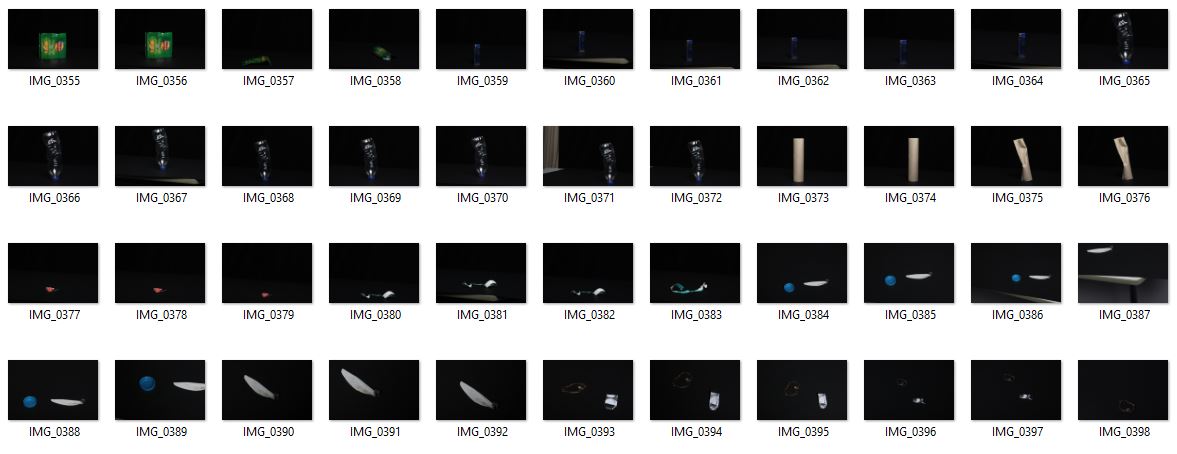
 My Edits
My Edits













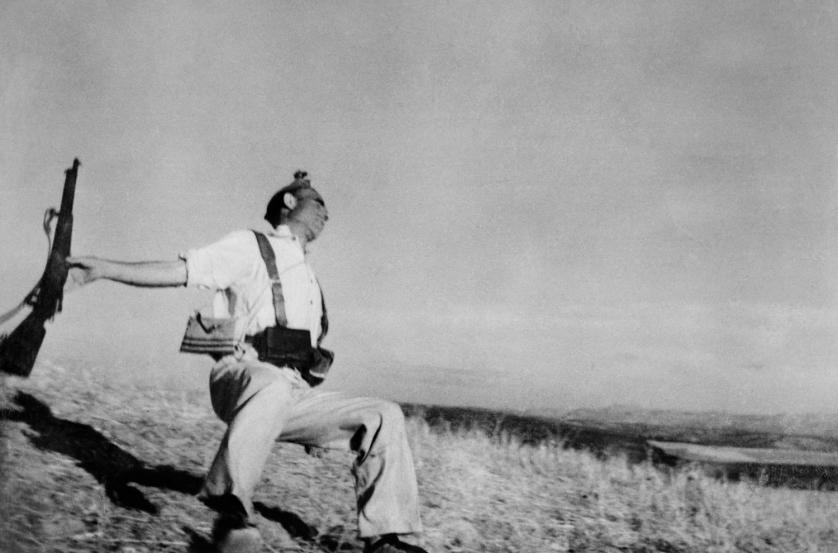







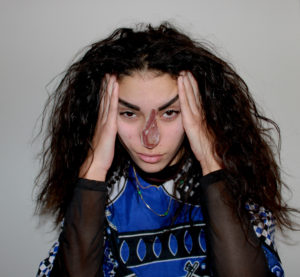











 This image portrays portraits of finance workers combining together creating two images representing the male and female identities within the finance industry. I think this can be considered political it’s essentially merging together all the individuals working in the finance industry and displaying them as one person, taking away their originality , perhaps representing the stereotype of some who works in an office. Bush draws attention to forms of invisible power that operate in the world and by representing people as merged could link to the idea of shaping individuals of finance as the industry changes.
This image portrays portraits of finance workers combining together creating two images representing the male and female identities within the finance industry. I think this can be considered political it’s essentially merging together all the individuals working in the finance industry and displaying them as one person, taking away their originality , perhaps representing the stereotype of some who works in an office. Bush draws attention to forms of invisible power that operate in the world and by representing people as merged could link to the idea of shaping individuals of finance as the industry changes.



